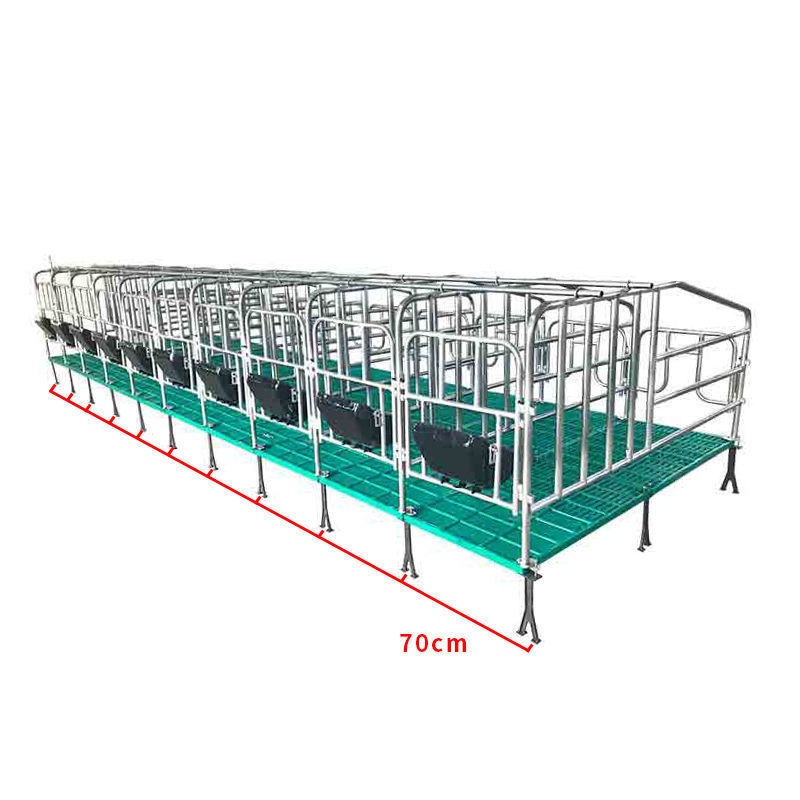Innovative Solutions for Efficient Food Preservation using High-Quality Vacuum Packaging Machines
Jul . 20, 2024 12:05 Back to list
Innovative Solutions for Efficient Food Preservation using High-Quality Vacuum Packaging Machines
The Importance of Food Packaging Vacuum Machines
In today's fast-paced world, ensuring food safety, quality, and longevity is paramount. One of the most effective methods used in the food industry to achieve these goals is vacuum packaging. Central to this process are food packaging vacuum machines, which play a crucial role in preserving food products by removing air and sealing them in airtight packaging. This article delves into the significance of these machines, their working principles, benefits, and the diverse applications they serve in the food industry.
How Vacuum Packaging Machines Work
Vacuum packaging machines operate by first placing food items inside a pre-made bag or pouch. The machine then utilizes a vacuum pump to remove the air from within the pouch, creating a vacuum seal around the food. Once the desired level of vacuum is achieved, the machine seals the bag, effectively reducing the oxygen levels inside. This process inhibits the growth of aerobic bacteria, molds, and other microorganisms that can cause food spoilage.
There are two primary types of vacuum packaging machines external vacuum sealers and chamber vacuum sealers. External sealers are ideal for small to medium-sized businesses and home users, while chamber sealers are more suited for larger commercial operations, as they allow for bulk packaging and higher efficiency.
Benefits of Vacuum Packaging
1. Extended Shelf Life One of the most significant advantages of vacuum packaging is its ability to extend the shelf life of food products. By limiting the amount of oxygen that comes into contact with the food, vacuum packaging slows down the oxidation process, thereby delaying spoilage and maintaining freshness for longer periods.
food packaging vacuum machine

2. Reduced Food Waste With improved preservation methods, vacuum packaging can significantly reduce food waste. This is especially beneficial in both residential and commercial settings where large quantities of food are prepared or stored. The ability to vacuum seal leftovers or bulk purchases ensures that food remains safe and consumable for weeks.
3. Cost Savings By prolonging the shelf life of food products and reducing waste, vacuum packaging contributes to cost savings for businesses and consumers alike. Restaurants, grocery stores, and manufacturers can minimize losses related to spoiled goods, while home cooks can save money by buying in bulk and preserving their purchases.
4. Enhanced Flavor and Quality Vacuum packaging not only preserves food but also enhances its flavor. The absence of air allows for better retention of the food's natural moisture and nutrients, resulting in products that taste fresher and more flavorful when consumed.
5. Convenience and Portability Vacuum-sealed foods are easier to transport and store, as they take up less space and are less prone to leaking. This is particularly helpful for hikers, campers, or travelers who want to bring food along without the risk of spoilage.
Applications in the Food Industry
The applications of vacuum packaging machines are vast. They are commonly used in packaging meats, cheeses, vegetables, snacks, and even liquids. The machine is also pivotal in sous vide cooking, where vacuum-sealed bags containing food are submerged in water baths for slow cooking. In the fish industry, vacuum packaging helps maintain the quality and freshness of seafood, which is critical for consumer satisfaction and food safety.
In summary, food packaging vacuum machines are indispensable tools in the modern food industry. Their ability to extend shelf life, reduce waste, enhance flavor, and offer convenience underscores their importance in both commercial and residential settings. As technology continues to advance, these machines will likely evolve, further improving food preservation methods and contributing to a more sustainable food industry.
-
Automatic Feeding Line System-Pan Feeder Nipple Drinker|Anping County Yize Metal Products Co., Ltd.
NewsJul.29,2025
-
Hot Sale 24 & 18 Door Rabbit Cages - Premium Breeding Solutions
NewsJul.25,2025
-
Automatic Feeding Line System Pan Feeder Nipple Drinker - Anping County Yize Metal Products Co., Ltd.
NewsJul.21,2025
-
Automatic Feeding Line System Pan Feeder Nipple Drinker - Anping County Yize Metal Products Co., Ltd.
NewsJul.21,2025
-
Automatic Feeding Line System - Anping Yize | Precision & Nipple
NewsJul.21,2025
-
Automatic Feeding Line System - Anping Yize | Precision & Nipple
NewsJul.21,2025






